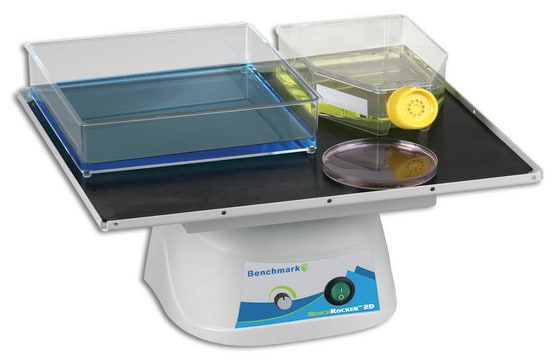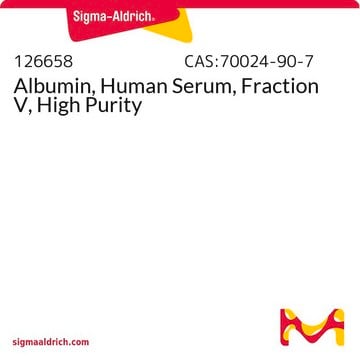About This Item
Polecane produkty
Próba
≥98% (HPLC)
Postać
solid
rozpuszczalność
H2O: soluble 10 mg/mL
Warunki transportu
dry ice
temp. przechowywania
−20°C
ciąg SMILES
Nc1ncnc2n(cnc12)[C@@H]3O[C@@H]([C@@H](O)[C@H]3O)C(=O)N4CCN(CC4)CC(=O)Nc5cccc6C(=O)NCc56
InChI
1S/C24H27N9O6/c25-20-16-21(28-10-27-20)33(11-29-16)24-18(36)17(35)19(39-24)23(38)32-6-4-31(5-7-32)9-15(34)30-14-3-1-2-12-13(14)8-26-22(12)37/h1-3,10-11,17-19,24,35-36H,4-9H2,(H,26,37)(H,30,34)(H2,25,27,28)/t17-,18+,19-,24+/m0/s1
Klucz InChI
DDFLFKTXUWPNMV-UAKAABGRSA-N
Zastosowanie
- to investigate its effect on the activity of matrix metalloproteinase-2 (MMP-2) and compare its inhibitory potencies with the MMP inhibitors
- in treating human acute monocytic leukemia cells to confirm if PARP1 is responsible for the decrease in high mobility group box protein 1 (HMGB1) supernatant levels
- to study chromosomal aberrations in response to ionizing radiation (IR) and PARPi in BRCA1-deficient cells that overcome growth arrest (BOGA) cells
Działania biochem./fizjol.
Kod klasy składowania
11 - Combustible Solids
Klasa zagrożenia wodnego (WGK)
WGK 3
Temperatura zapłonu (°F)
Not applicable
Temperatura zapłonu (°C)
Not applicable
Środki ochrony indywidualnej
Eyeshields, Gloves, type N95 (US)
Certyfikaty analizy (CoA)
Poszukaj Certyfikaty analizy (CoA), wpisując numer partii/serii produktów. Numery serii i partii można znaleźć na etykiecie produktu po słowach „seria” lub „partia”.
Masz już ten produkt?
Dokumenty związane z niedawno zakupionymi produktami zostały zamieszczone w Bibliotece dokumentów.
Nasz zespół naukowców ma doświadczenie we wszystkich obszarach badań, w tym w naukach przyrodniczych, materiałoznawstwie, syntezie chemicznej, chromatografii, analityce i wielu innych dziedzinach.
Skontaktuj się z zespołem ds. pomocy technicznej








